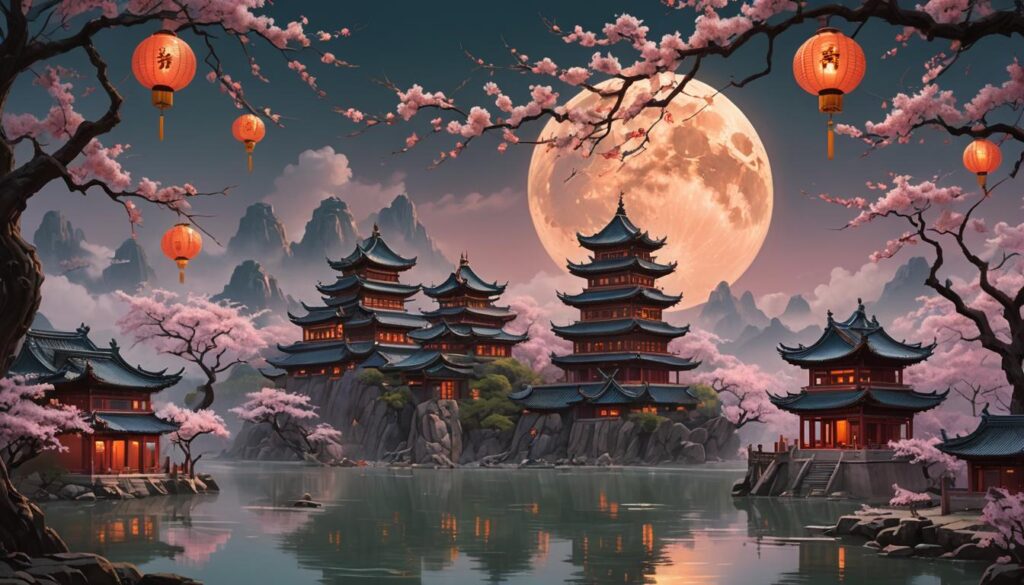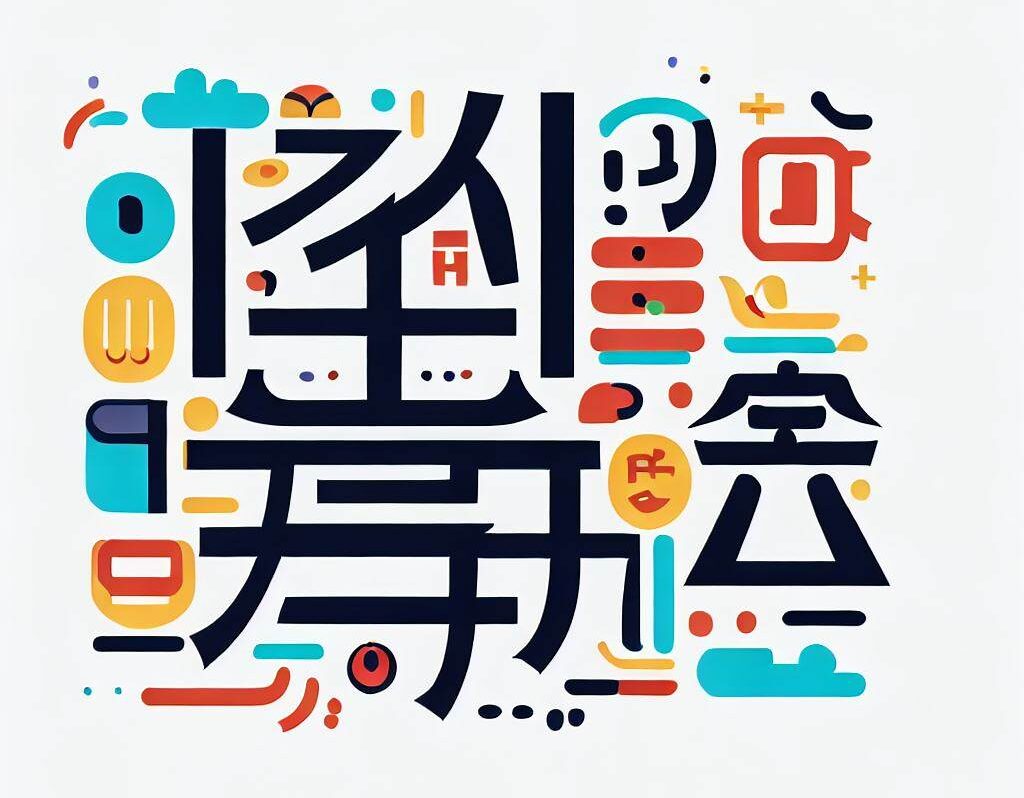The Chinese Lunar Calendar
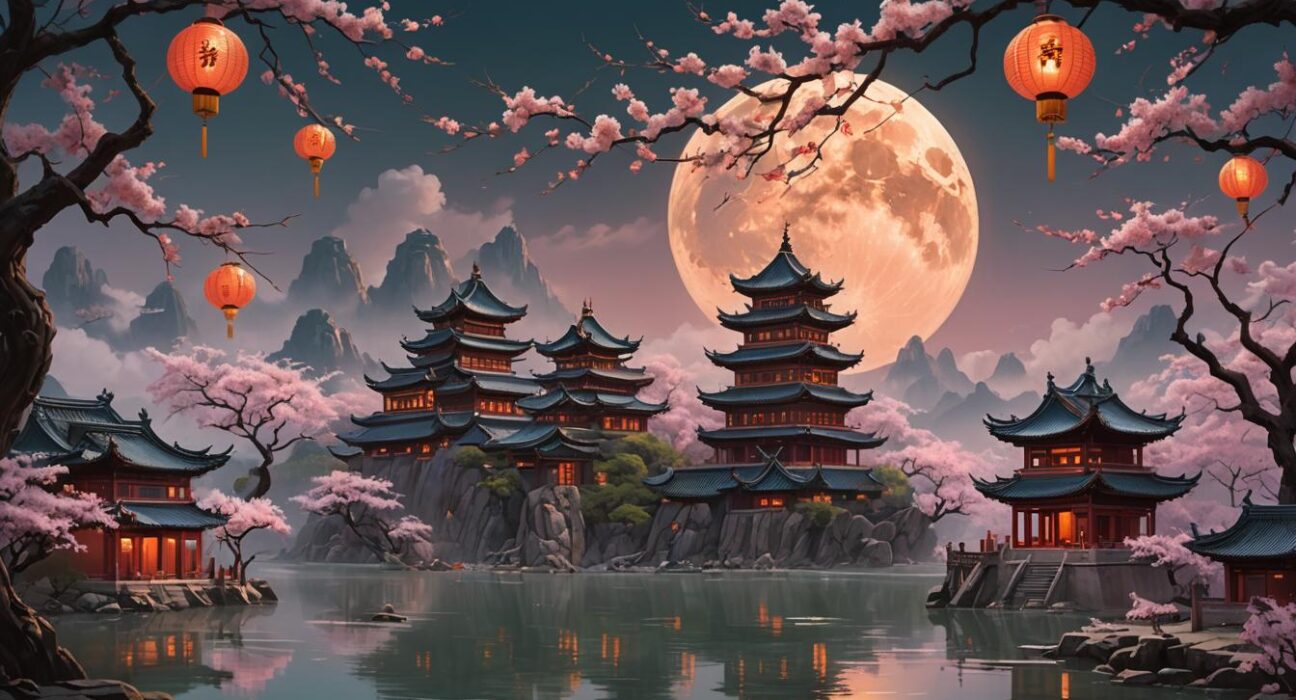
The Chinese Lunar Calendar
The origins of the Chinese Lunar Calendar
The origins of the Chinese Lunar Calendar date back thousands of years, with its development closely tied to the agricultural needs and cosmological beliefs of early Chinese civilization. The calendar is a lunisolar system, meaning it is based on the cycles of both the moon and the sun. This system was designed to harmonize human activities with the natural rhythms of the earth and cosmos.
The calendar’s roots can be traced to the Xia Dynasty (circa 2070 – 1600 BCE), though it was during the Zhou Dynasty (1046 – 256 BCE) that it became more standardized. By the Han Dynasty (206 BCE – 220 CE), the calendar had undergone further refinements, incorporating more accurate astronomical calculations. These changes ensured that the lunar months were closely aligned with the solar year, thus maintaining the connection between the calendar and seasonal agricultural cycles.
The Chinese Lunar Calendar, also known as the “Yin Calendar” (阴历), was formally adopted as the official calendar of China during the Tang Dynasty (618 – 907 CE). This period marked a high point in Chinese civilization, and the calendar played a crucial role in the administration of the empire, from scheduling agricultural activities to planning festivals and rituals.
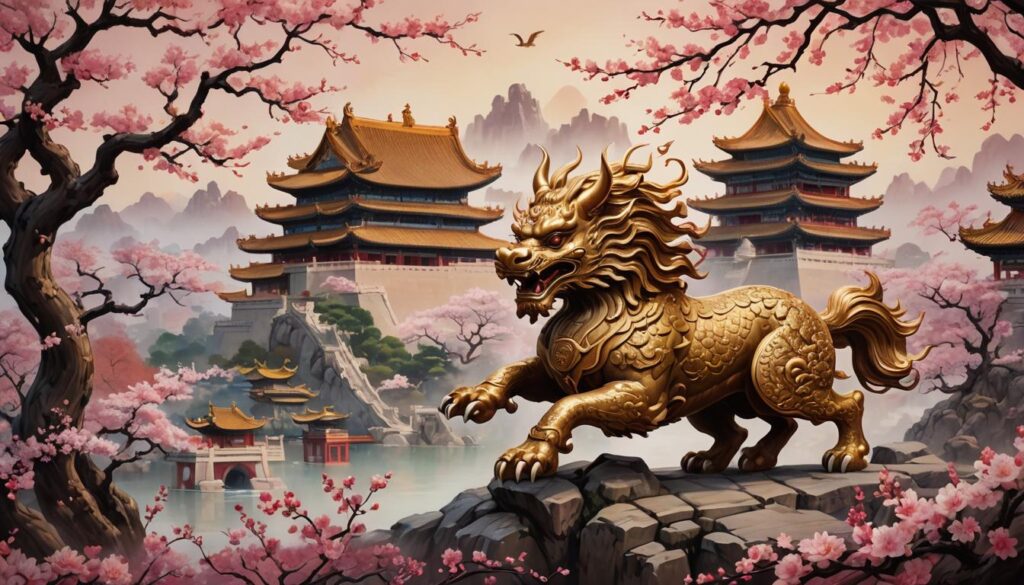
Structure and Mechanics of the Lunar Calendar
The Chinese Lunar Calendar operates on a cycle of 12 months, with each month beginning on the day of the new moon. Unlike the Gregorian calendar, which is purely solar and consists of 365 or 366 days, the lunar calendar’s year typically has 354 or 355 days. To reconcile the difference between the lunar and solar years, an extra month, known as an intercalary month, is added approximately every three years. This ensures that the calendar stays aligned with the seasons.
The calendar is organized into 12-year cycles, each associated with a specific animal from the Chinese zodiac: Rat, Ox, Tiger, Rabbit, Dragon, Snake, Horse, Goat, Monkey, Rooster, Dog, and Pig. Each animal is believed to influence the personality and destiny of individuals born under its sign, and these zodiac signs play a significant role in Chinese astrology and cultural practices.
Geographical Relevance and Influence
The Chinese Lunar Calendar is most prominently used in Mainland China, Taiwan, Hong Kong, and Macau. However, its influence extends beyond these regions, reaching other parts of East Asia, including Vietnam, Korea, and Japan, where variations of the lunar calendar are observed.
In China, the calendar is deeply intertwined with agricultural practices. Traditional farming communities still use the lunar calendar to determine the timing of planting and harvesting, aligning their activities with the rhythms of nature. This practice is especially common in rural areas, where adherence to the lunar calendar is seen as a way to ensure bountiful harvests and maintain harmony with the natural world.
The calendar also plays a significant role in determining the dates of major festivals and cultural events. The most famous of these is the Chinese Lunar New Year, or Spring Festival (春节), which falls on the first day of the lunar calendar’s first month. Other important holidays include the Mid-Autumn Festival (中秋节), Dragon Boat Festival (端午节), and Qingming Festival (清明节), all of which are based on the lunar calendar and have profound cultural and social significance.
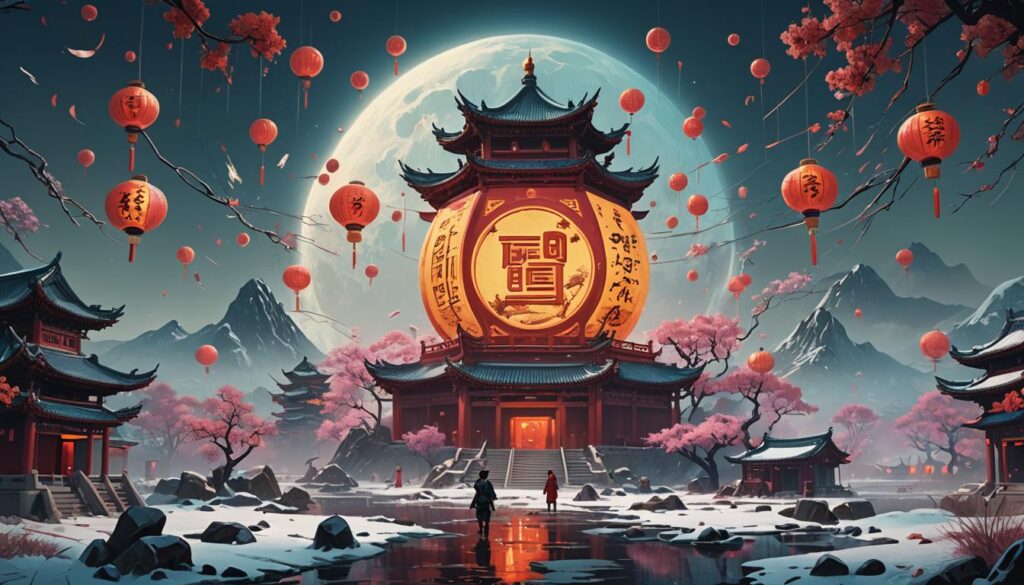
Cultural Significance and Symbolism
The Chinese Lunar Calendar is not just a tool for tracking time—it is a cultural artifact rich with symbolism and meaning. At its core, the calendar reflects the Chinese worldview, which emphasizes harmony between heaven, earth, and humanity.
One of the most culturally significant aspects of the lunar calendar is its connection to the Chinese zodiac. The 12 animals of the zodiac are not merely symbols but are believed to exert influence over the personality traits, fortunes, and life events of individuals born in their respective years. This belief is deeply ingrained in Chinese culture, influencing everything from naming conventions to marriage compatibility and career choices.
The calendar also plays a vital role in Chinese festivals, many of which are tied to specific lunar dates. The Chinese New Year, for example, is the most important festival in Chinese culture, marked by family reunions, elaborate feasts, and rituals to usher in good luck and prosperity for the coming year. The Mid-Autumn Festival, celebrated on the 15th day of the 8th lunar month, is a time for family gatherings and moon-watching, symbolizing unity and harmony.
The Dragon Boat Festival, which occurs on the 5th day of the 5th lunar month, commemorates the poet and statesman Qu Yuan. It is celebrated with dragon boat races and the eating of zongzi (sticky rice dumplings), both of which are deeply rooted in the traditions associated with the lunar calendar.
The Lunar Calendar in Modern Times
In modern times, the Chinese Lunar Calendar coexists with the Gregorian calendar, which is officially used for most civil and governmental purposes. However, the lunar calendar remains deeply embedded in Chinese culture and is still used for determining the dates of festivals, weddings, and other important events.
In urban areas, the lunar calendar’s influence has waned somewhat, especially among younger generations, who may rely more on the Gregorian calendar for daily activities. However, during major festivals like Chinese New Year, even the most cosmopolitan cities in China and beyond experience a revival of lunar calendar traditions, highlighting its enduring relevance.
The calendar also continues to be a source of cultural pride among the Chinese diaspora. In Chinatowns around the world, traditional lunar calendar celebrations are held with great enthusiasm, helping to preserve and promote Chinese cultural heritage in diverse communities.






